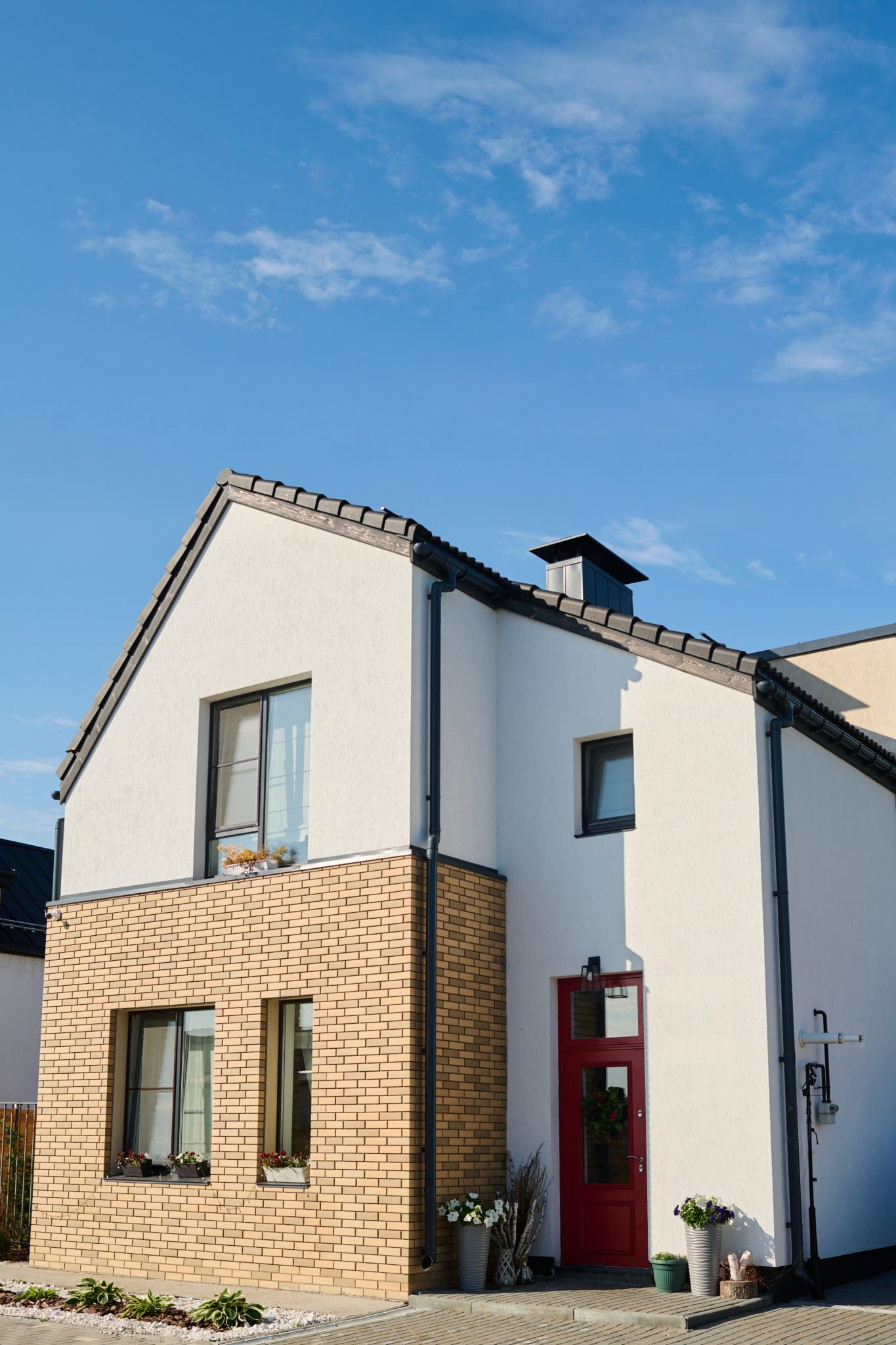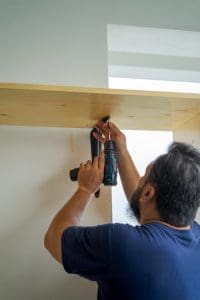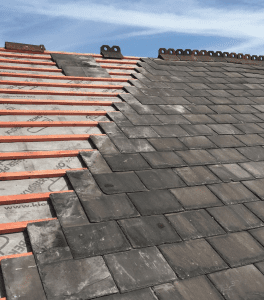Render can dramatically enhance the aesthetic appeal of your home, but in the UK, where the weather can be notoriously unpredictable, protecting it from harsh weather conditions is vital. The challenges presented by the elements can have a significant impact on the integrity and appearance of your render. This article explores effective strategies for safeguarding render against weather-related issues and what homeowners should consider for long-lasting protection.
Understanding the Impact of Weather on Render
The setting process of cement, which is essential in rendering, can be adversely affected by varying temperatures. This chemical reaction occurs when water is mixed with cement, causing the material to harden. It is crucial to understand the recommended temperature range for application, which is typically between 5°C and 30°C. Applying render outside these limits can lead to unwanted complications such as cracking or insufficient bonding.
Render, being a natural and porous material, is particularly vulnerable to environmental factors, including moisture, temperature fluctuations, and UV radiation. Here’s a closer look at how these elements can impact your render and the steps you can take to protect it effectively.
The Detrimental Effects of Moisture and Humidity
Moisture and humidity are among the most significant threats to render. Excessive dampness can encourage the growth of mould, mildew, and algae, particularly in warmer climates. This not only affects the appearance of your render but can also compromise its integrity over time.
To combat moisture-related problems, it’s essential to dry any areas of the render that have been damaged by water as quickly as possible. Trapped moisture dramatically increases the likelihood of fungal growth, so prompt action is key. If you discover mould or mildew on your render, it is advisable to clean the affected areas using a mixture of bleach and water, or a commercially available mould and mildew remover. After cleaning, ensure the area is thoroughly rinsed and allowed to dry completely.
For ongoing defence against moisture, consider applying a fungicidal render sealant. This protective coating can significantly inhibit the growth of fungi and other moisture-related issues. It is advisable to reapply the sealant periodically, particularly after cleaning any existing mould or mildew.
Protecting Against Cold and Freezing Conditions
In colder climates, the continual cycle of freezing and thawing can lead to cracking or crumbling of render. To mitigate these risks, consider installing insulation behind the render, such as house wrap, or applying a weather-resistant render sealant. This sealant helps maintain the render’s temperature, reducing the stress caused by contraction and expansion that often results in cracking.
If you notice cracks in your render due to freezing conditions, it’s essential to address them promptly. Use a render patching compound for repairs, applying it only when temperatures are above freezing and the render is thoroughly dry. This approach prevents the patched areas from re-cracking and ensures lasting repairs.
Shielding Render from Continuous Heat and Sunlight
Prolonged exposure to sunlight can lead to fading, chalking, and accelerated deterioration of render. To protect your render from UV damage, it is advisable to use a UV-blocking render sealant. Seek sealants that contain silicone or acrylic, specifically formulated for use on exterior render or masonry surfaces. Reapplying the sealant every few years will help maintain its protective qualities against UV radiation.
In addition to applying sealants, consider implementing design elements to limit direct sunlight exposure. Installing roof overhangs, trellises, or other shading structures can provide significant protection for your render.
Opting for lighter-coloured renders containing titanium dioxide or other UV-resistant materials can also enhance resilience against sun damage. Generally, renders with smoother surfaces are less susceptible to deterioration than those with highly porous textures. If your render has already suffered from sun exposure, cleaning and resealing can help restore its appearance and provide further protection.
Engaging Professionals for Optimal Render Protection
Understanding how various weather conditions affect your render is crucial for maintaining its appearance and functionality over time. By taking proactive measures to protect your render, you can ensure its longevity and preserve your home’s exterior for years to come.
Regular maintenance is essential in keeping your render in top condition. This includes thorough cleaning, sealing, and ensuring adequate moisture control and ventilation. These practices will help your render withstand environmental challenges while retaining its visual appeal.
If you’re looking to protect your render from the harsh UK weather or require a complete overhaul of your existing render, don’t hesitate to reach out. Our team at 3D Construction is ready to provide you with expert advice and a free quotation for all your rendering needs.




